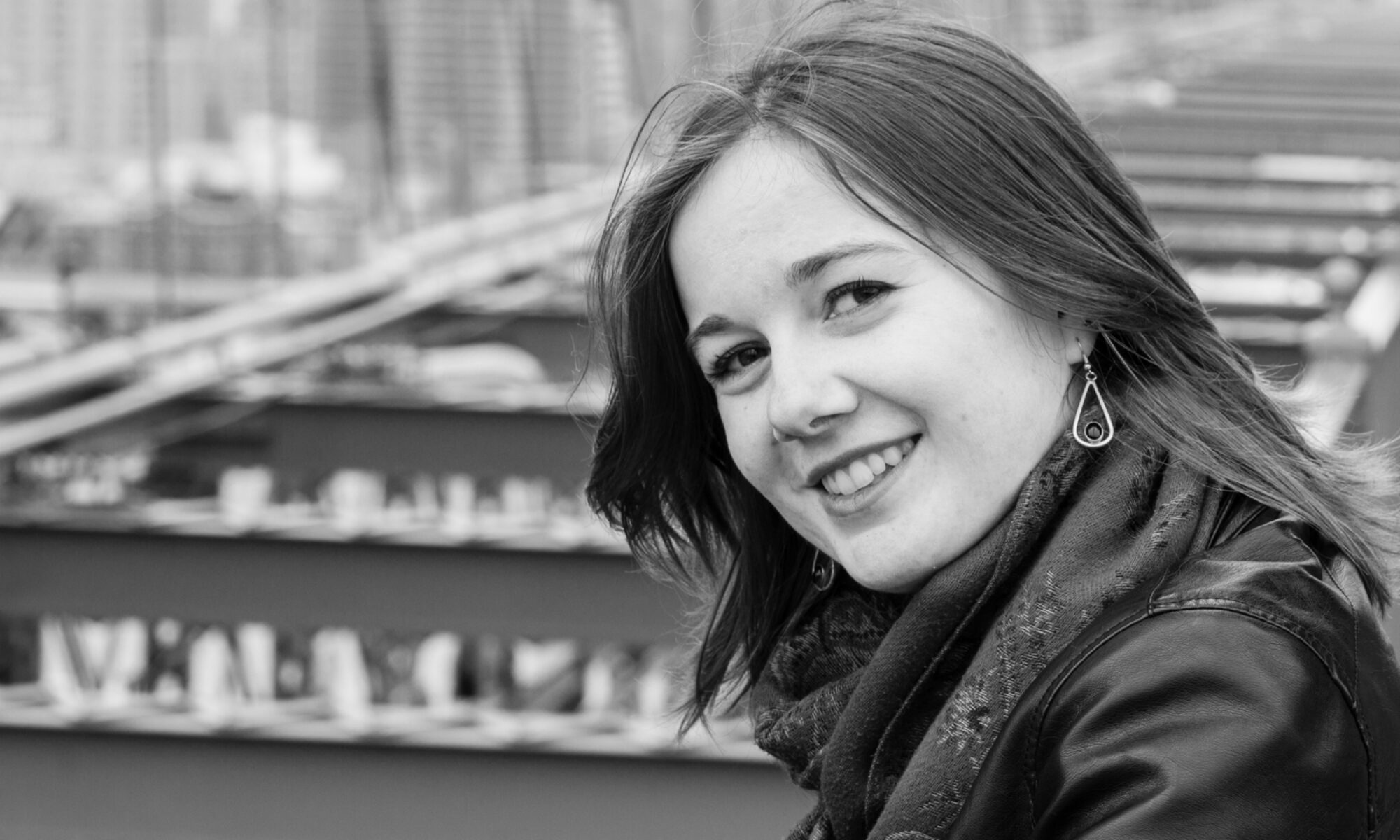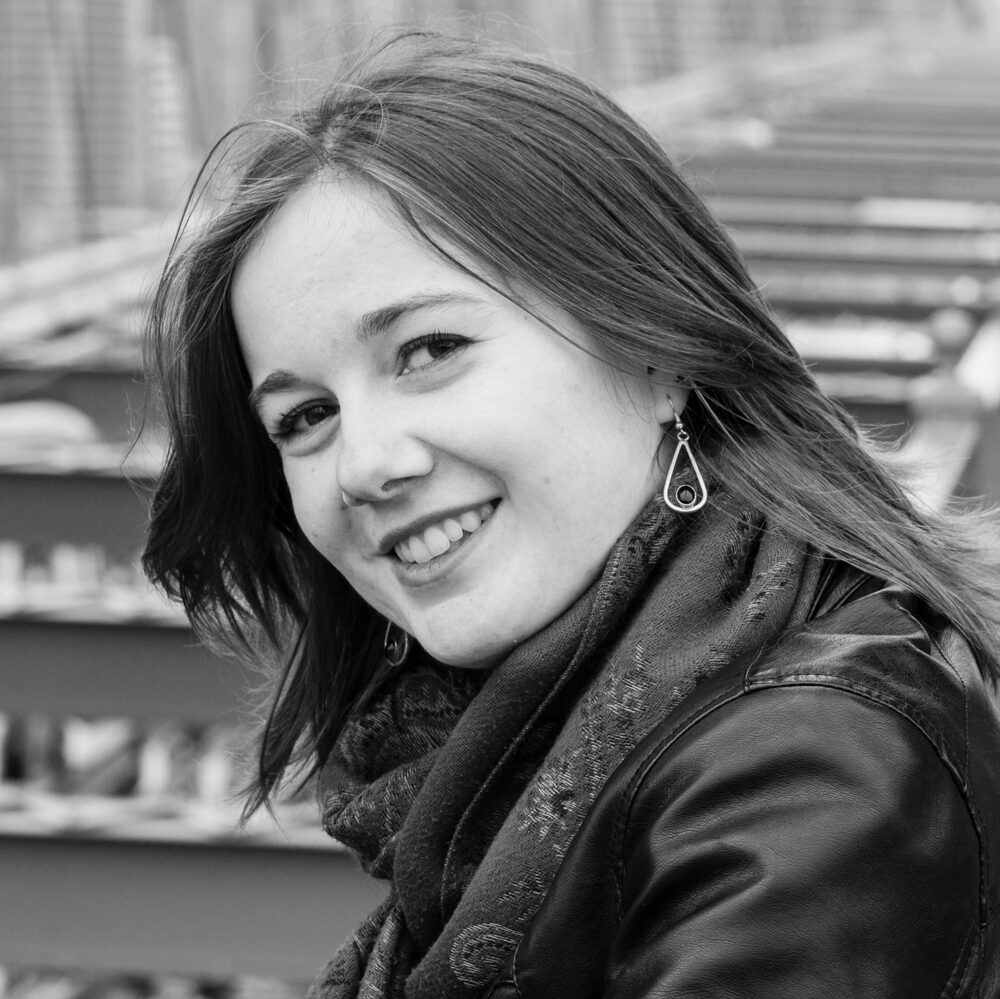Hi, I’m Erika Luckert (she/her). I’m an Assistant Professor and Director of Composition at the University of Southern Mississippi. My research focuses on writing pedagogies at the intersection of composition and creative writing, with an emphasis on social and collaborative practice. In my teaching, I aim not only to help my students grow as writers, but also to widen their understanding of the relationships, responsibilities, and communities that writing involves. As a writer, poetry continues to be a critical part of my practice, as well as a community that shapes my scholarship and pedagogy.
Research
Works on Writing Pedagogies
- My research focuses on writing pedagogy at the intersection of creative writing and composition, with an emphasis on social and collaborative practice. Currently, I’m at work on a study of writing workshops.




“Entering the Room: Qualitative Research in Writing Workshops.” Forthcoming in Seeking Our Places: Innovations in Creative Writing Studies Research, Methodologies, and Practices. Peter Lang Press.
“’A story we’re telling’: Pasts and Possibilities in Writing Workshops.” Pedagogy: Critical Approaches to Teaching Literature, Language, Composition and Culture, vol 24, issue 2, April 2024. pp215-238.
“Other Disseminations.” Recollections from an Uncommon Time: 4C20 Documentarian Tales. Studies in Writing and Rhetoric Series, Steve Parks, ed. CCCC/NCTE, 2023.
“The Gift of a Source.” Dynamic Activities for First-Year Composition. Michal Reznizki and David Coad, eds. NCTE, 2023.
“A View from Somewhere: Situating the Public Problem in Creative Writing Workshops” JAEPL, vol 27, 2022.
“Grading What We Value: A Conversation for Creative Writing.” With Jason McCormick. Journal of Creative Writing Studies, vol 6, iss 2.
“The Social and Material Dimensions of Virtual Consulting.” With Charlotte Kupsh. The Dangling Modifier, Spring 2021.
“Teaching Creativity: Lessons in Metaphor for the Composition Classroom.” Writing on the Edge. 2019.
“What is a Poem: Writing Towards a Wilder Definition of Poetry.” Spellbound: The Art of Teaching Poetry. Ed. Matthew Burgess. New York, NY: Teachers & Writers Collaborative, 2019.
Creative Essays on Teaching & Writing
“Onomatopoeia for the sound of a gun” Pidgeonholes. 2019.
“On Trees and Tearing.” Entropy. December 30, 2016.
Work for Teachers & Writers Collaborative
Through my work as a teaching artist for T&W, I wrote a range of pedagogical pieces, which are available in their online magazine. Some favorites:
On teaching: “In Defense of Teaching Difficult Poems” (2018) and “What is a Poem in 2017? Middle School & the Politics of Poetry” (2017)
Lesson Plans: “Visualizing Revision” (2018) and “Revision by Translation” (2018)
A two-part roundtable on plagiarism and intertextuality: “Poets Doing What Poets Do” (2017) and “This Period of Necessary Creative Plagiarism” (2018)
Other Research
Place-based and historical projects in my hometown of Edmonton, Alberta.
“The Landscape of Desire” New Trail, Autumn 2020, pp 19.
“Drawing Lines.” In This Together: Fifteen Stories of Truth and Reconciliation. Brindle & Glass. 2016.
“Social Mobility: Charting the Economic Topography of Urban Space.” with Heather Zwicker and Kisha Supernant. Journal of Television and New Media. 2016.
Behind the Ivory Stucco: A History of Westglen School. Westglen Parent Association. 2015.
“Drawings We Have Lived: Mapping Desire Lines in Edmonton.” Constellations 4.1. 2012.
Teaching
How else could this be? This question persists across my pedagogy, whether I am teaching first-year composition or creative writing, mentoring new teachers, or collaborating with colleagues across disciplines. It is a deeply political question—one that asks us, together, to rethink our initial assumptions, to resist our tendency to write into the status quo, and to imagine more diverse and expansive realities.
I teach my students to reimagine writing not as a solitary pursuit, but as a social practice, something that depends upon communities to develop and thrive. Together, we work to understand how our values and expectations of writing—whether “scholarly” or “creative”—are shaped by race, class, and other intersections of privilege and exclusion. In all my classes, I center opportunities for students to create knowledge together—whether through peer interviews, social annotations, or collective annotated bibliographies. In this way, I help my students to see writing as a socially engaged practice—something that is informed by their own communities, and that can form communities too.
Poetry
Selected Poems
“A Matriarch Engineered to Die.” Forthcoming in Contemporary Verse 2.
“Miniature.” Forthcoming in North American Review.
“Apology to the Women Before Me” and “If a grandmother of mine was a gardener.” Waxwing. Issue 31, Fall 2024.
“Poem ending with a line from my mom’s Instagram.” Poets.org. 2024.
“Wives’ Tale” and “Nude in a forest, 1909.” Room Magazine. Issue 46.3, 2023.
“Kill the Angel in the House” Qu Literary Magazine, June 2023.
“Mass Thermal Anomalies” Augur Magazine. Issue 6.1, 2023.
“Poem for the height our first sunflowers might have reached.” Paperbark Magazine, May 2022.
“Moules Marinières.” South Carolina Review. Spring 2022.
“Soot and spit on found paper.” Small Orange Journal. Winter 2022.
“Dear Gertrude,” “Portrait for Gertrude” and “The Vine.” The Rumpus, Feb 2022.
“The Office of the Roots.” Prairie Fire, vol 42 no 3, Fall 2021.
“Bouquet.” SWIMM Every Day. 2021.
“New Water.” Foothill Poetry Journal. 2020. Winner of the Foothill Editor’s Prize; nominated for a Pushcart Prize.
“Promession.” The Ilanot Review. 2020. Nominated for a Pushcart Prize.
“Woman in the Sun, 1961” and “On Finding a Sculpture of a Woman that was Made by a Woman Too.” Epiphany. 2020.
“Nocturne” and “Felo de Se.”Funicular Magazine Issue 04. 2020
“Altar.” Barely South Review. 2020.
“Orangerie.” Barren Magazine. 2020.
“For Louise Bourgeois.” Cordite Poetry Review. 2020.
“Proof of Blurriness.” Newfound. 2020.
“Female.” Glass Poetry: Poets Resist. 2020.
“Preparations.” Cotton Xenomorph. 2020.
“Strand.” Blue Earth Review. 2019.
“Funeral” and “Scattering Urn.” The Rupture. 2019.
“Iterations in a wartime studio,” “Agriculture,” “Revelstoke,” and “Sensitive Paper.” Queen Mob’s Tea House. 2019.
“Observable Universe.” Poets Reading the News. 2019.
“To the angel without hands.” Eighteen Bridges. 2018.
“Other Bodies.” #yegwords & Glass Buffalo. 2018.
“Domicile.” CALYX 30.2. 2018.
“The Helium Sonnets.” Measure 12(1). 2018.
“Story,” “Strawberry Frosting,” and “Return.” F(r)iction No. 10. 2018.
“Pseudocyesis.” Tampa Review 55/56. 2018.
“Sonnet in case of disaster.” in #NotMyPresident. Heavy Feather Review. 2017.
“The Forgetting Curve.” The American Literary Review. Fall 2017. Nominated for Best of the Net 2018.
“Tensile Test.” Indiana Review 39.1: Metallic Grit. 2017.
“Mayfly.” Boston Review. 2017.
“Tyrian,” “Plan for a Device of Words,” and “Fallow.” Atticus Review. 2017.
“Vanishing Point.” Atticus Review. 2017. republished in Atticus Review Print Annual, vol. 1. 2018. Nominated for Best New Poets 2018.
“Another Lake” and “Witness Mound.” Room Magazine 39.3: Canadian Gothic. 2016.
Translated Poems
“Letter to Paul Demeny, May 15, 1871.” from the French by Arthur Rimbaud. Anomaly #28. 2019.
“1944,” “[Searching for a word…],” and “[At the end of a particularly long…]” from the French by Alain Lance. Denver Quarterly 52.1 2017.
“Constellations of Genders.” from the French by Cristalle Tourrenc Le Tréguilly. EuropeNow. July 2017.
“Far from Vietnam,” “Malaise,” “[When night takes hold…]” “[I sense the north…]” and “Spring.” from the French by Alain Lance. Asymptote. January 2017.
“[Night…]” “[My grandmother walked…]” “[As I passed through these opaque cities…]” and “[Leaping from a blank page…]” from the French by Alain Lance. Circumference. October 2016.
“Paris-Prague and Back.” from the French by Alain Lance. carte blanche. 2016.

